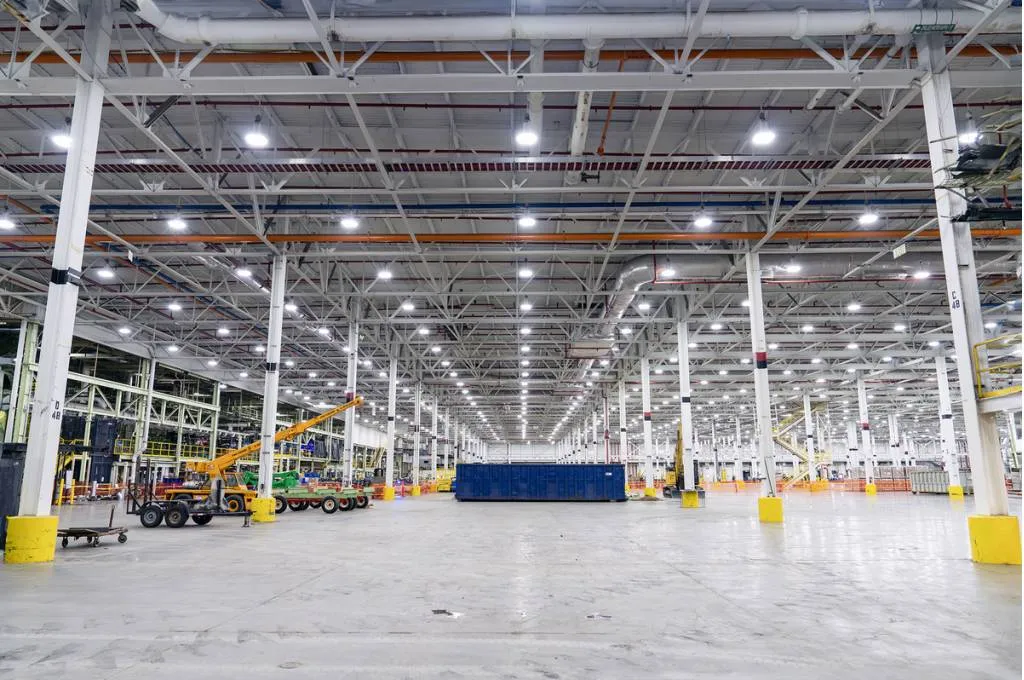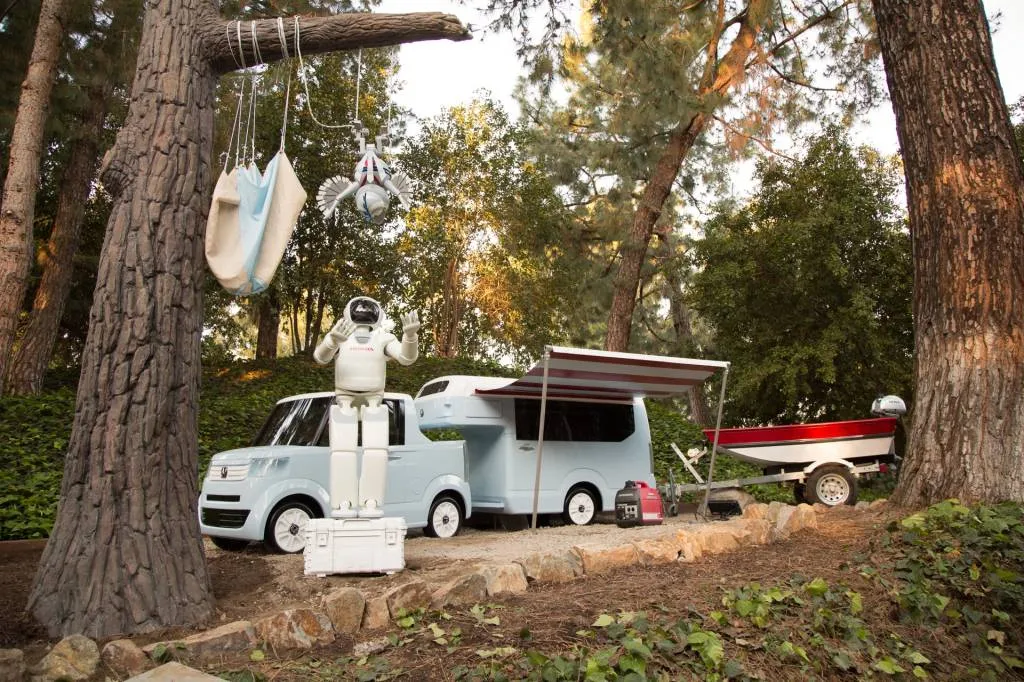Disneyland will replace gasoline vehicles at its Autopia ride with EVs in 2026, the Los Angeles Times confirmed this week.
Autopia is one of the longer-running attractions at the Anaheim, California, Walt Disney Co. theme park and it undoubtedly has a role in nurturing auto enthusiasm for kids.
With clarification that these vehicles will be “fully electric,” it’s a moment of relief for climate advocates, who were waiting for Disney to specify whether the replacement Autopia vehicles would be EVs, hybrids, or some other configuration that still allowed for combustion engines, advocacy group Plug-In America noted in a press release.
The groups drawing attention to the disparities in recent weeks and encouraging the shift to electric are planning a Sunday morning (10 a.m.) rally celebrating the decision at Walt Disney Studios in Burbank.
Honda at Autopia
“We consider this a victory and thank Disneyland for making the right choice for employees, visitors and the air we all breathe,” Zan Dubin, co-founder of National Drive Electric Week, said in a statement.
Disneyland will phase out the gasoline engines in its Autopia vehicles “within the next 30 months,” according to the Los Angeles Times. That means the EVs will arrive by fall 2026, but the sooner the better, advocates say.
“Employees work eight-hour shifts standing inches away from Autopia’s smog-spewing tailpipes,” noted Dubin.
Honda might have issue with the term “smog-spewing,” as it noted to Green Car Reports that when it began its sponsorship of Autopia in 2016 it replaced existing engines at the attraction with more efficient Honda iGX270 engines.
“As a part of our sponsorship, we continue to work with Disneyland Resort to tell inspirational stories that celebrate personal mobility and freedom, which are at the heart of the attraction and a good fit for Honda’s corporate slogan, ‘The Power of Dreams,'” stated Honda.

Honda 0 Saloon concept
Although it’s unclear what level of emissions devices these vehicles do have on them, motorcycles and small internal-combustion engines have been in some respects a bigger problem than cars and trucks, because emissions controls for smaller engines generally aren’t as extensive as in passenger cars.
Opened in 1955, Autopia was originally sponsored by Richfield Oil (which later merged into ARCO), and then by Chevron from 2000 to 2012. Since 2016, the attraction has been sponsored by Honda. The automaker said at the time that it had a 10-year deal, meaning it will end in 2026—around the same time the switch to EVs is scheduled to be completed.

Honda preparing EV hub in Ohio
Honda has been cautious about EVs, but last week it revealed that it might potentially ramp up its EVs in a way that might outpace all but Tesla in U.S. EV production. Honda says battery-electric and fuel-cell electric vehicles will make up 100% of its global sales by 2040.
By electrifying an attraction once sponsored by oil companies and conceived in the golden age of automotive optimism, Disney (and perhaps Honda) could set an example and acknowledge that shifting to EVs will save thousands of lives by 2050.
Local air pollution can cause asthma in kids, and communities of color are adversely burdened by vehicle air pollution, a 2022 study found.
